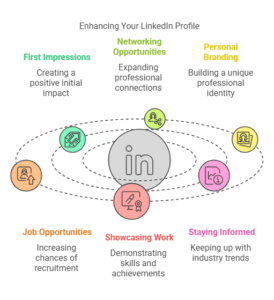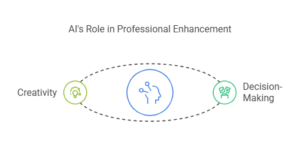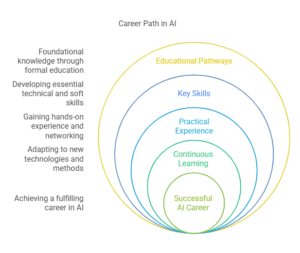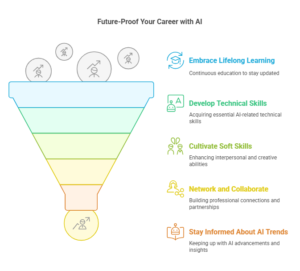Discover the silent struggle and resilience of a man at a traffic signal. Learn about his challenges, lessons in survival, and the societal issues his story highlights.
The Resilience of a Man at a Traffic Signal: A Silent Struggle of Survival
In the hustle and bustle of city life, traffic signals are more than just stops on our daily commute—they are microcosms of human resilience and survival. Amid the honking cars and impatient drivers, there are stories of individuals who turn these mundane intersections into stages of perseverance. One such story is that of a man at a traffic signal, whose silent struggle for survival speaks volumes about resilience, determination, and the human spirit.
This article delves into the life of a man who has made a traffic signal his workplace, exploring his daily challenges, the lessons we can learn from his resilience, and the broader societal issues his story highlights. Through his journey, we uncover the strength it takes to survive in the face of adversity and the quiet dignity of those often overlooked by society.
The Man at the Traffic Signal: A Glimpse into His World
At first glance, he is just another face in the crowd—a man selling trinkets, flowers, or snacks at a busy traffic signal. But behind his humble setup lies a story of survival, hope, and unyielding determination.
Who Is He?
A Street Vendor: Many men and women at traffic signals are street vendors, selling small items to make ends meet.
A Daily Commuter: For some, the traffic signal is a temporary stop in their daily hustle.
A Symbol of Resilience: His presence is a reminder of the countless individuals who work tirelessly to survive.
The Silent Struggle: Challenges Faced at the Traffic Signal
Life at a traffic signal is far from easy. Here are some of the challenges faced by this man and others like him:
1. Unpredictable Income
Earnings depend on the generosity of passersby and the flow of traffic.
Bad weather or low foot traffic can mean no income for the day.
2. Health Risks
Constant exposure to pollution, heat, and rain takes a toll on physical health.
Lack of access to clean water and sanitation facilities adds to the struggle.
3. Social Stigma
Street vendors are often viewed as nuisances or beggars, rather than hardworking individuals.
They face discrimination and lack of respect from society.
4. Legal and Administrative Hurdles
Many cities have strict regulations against street vending, leading to harassment or eviction.
Lack of proper licenses or permits can result in fines or confiscation of goods.
5. Emotional Toll
The constant struggle for survival can lead to stress, anxiety, and a sense of hopelessness.
Balancing work and family life is a challenge, especially for those with children.
Lessons in Resilience: What We Can Learn
The man at the traffic signal is more than just a survivor—he is a teacher of resilience. Here are some lessons we can learn from his journey:
1. Adaptability
He adapts to changing circumstances, whether it’s a new product to sell or a different traffic signal to work at.
2. Perseverance
Despite the odds, he shows up every day, determined to make a living.
3. Resourcefulness
He makes the most of limited resources, turning a small space into a source of income.
4. Dignity in Labor
His work, though humble, is a testament to the dignity of labor and the value of hard work.
5. Community and Solidarity
Many street vendors form tight-knit communities, supporting each other in times of need.
The Bigger Picture: Societal Issues and Solutions
The story of the man at the traffic signal is not just an individual tale—it reflects broader societal issues that need attention.
1. Urban Poverty
The presence of street vendors highlights the gap between urban development and poverty alleviation.
2. Lack of Social Safety Nets
Many street vendors lack access to healthcare, education, and social security.
3. Need for Inclusive Policies
Cities need policies that recognize street vendors as legitimate workers and provide them with support.
4. Empathy and Awareness
Society needs to move beyond stereotypes and recognize the humanity of those at traffic signals.
Read More about this: 21 Savage Drawings Taking Over Pinterest
FAQs: The Resilience of a Man at a Traffic Signal
1. Why do people work at traffic signals?
Many people work at traffic signals due to a lack of formal employment opportunities. It’s a way to earn a livelihood in the face of economic challenges.
2. How can we help street vendors at traffic signals?
Buy their products or services.
Treat them with respect and dignity.
Support organizations that work for their rights and welfare.
3. What are the risks of working at a traffic signal?
Risks include exposure to pollution, health hazards, legal issues, and social stigma.
4. Are there laws to protect street vendors?
Some countries and cities have laws to protect street vendors, but enforcement is often weak or inconsistent.
5. What can governments do to support street vendors?
Governments can provide licenses, designated vending zones, access to healthcare, and social security benefits.
Conclusion
The man at the traffic signal embodies resilience, turning adversity into opportunity with quiet determination. His story reminds us of the strength of the human spirit and the need for empathy and support for those often overlooked by society. Let’s recognize their struggles and work toward a more inclusive and compassionate world.





.png)
